Power Can Be Held in the Smallest of Things: Celebrating the Ridiculous Attention to Detail in the 'Lord of the Rings' Franchise
To truly immerse one in a fantasy, no stone can be left unturned.
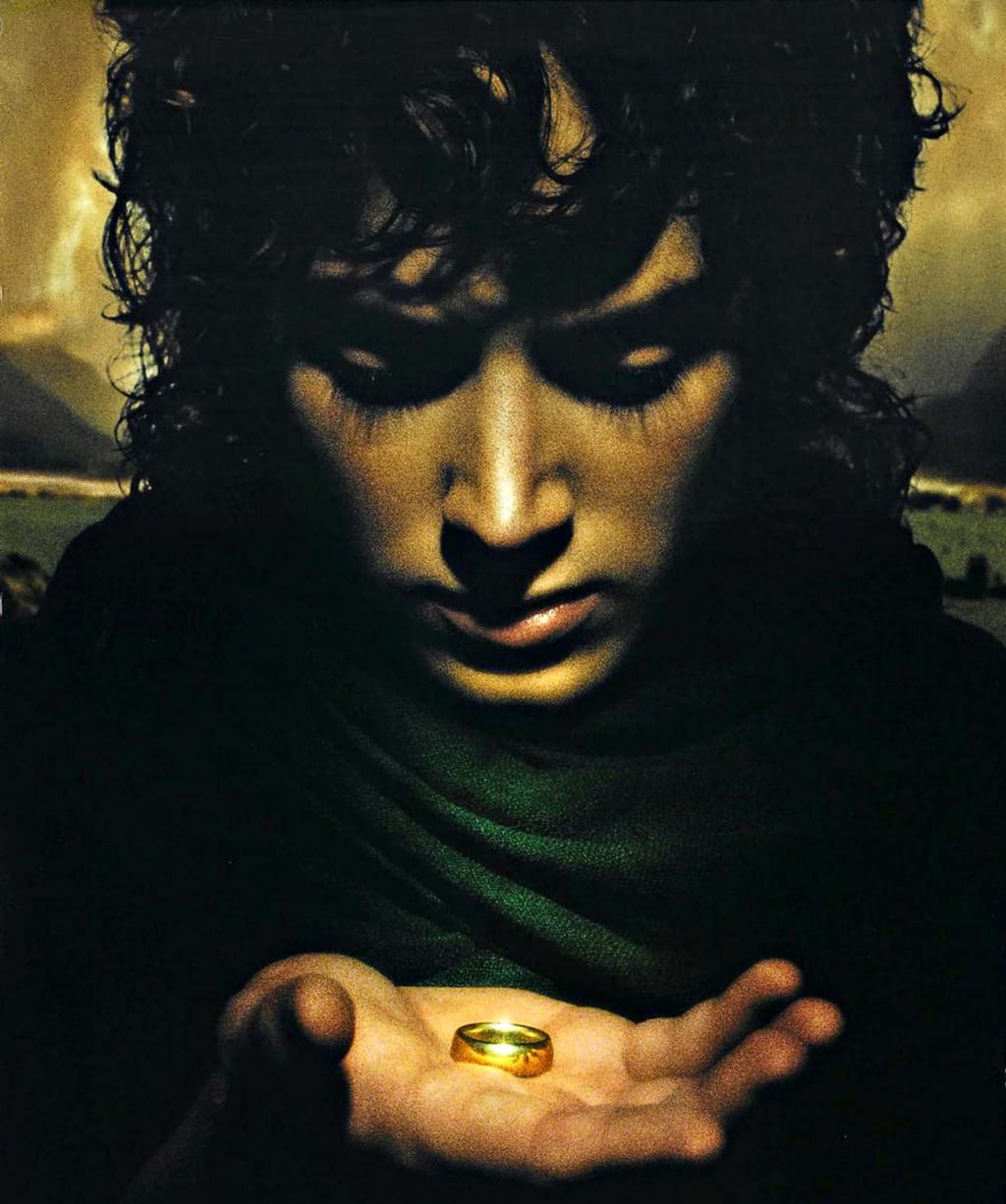
Whether it be the hobbits or the ring itself, the Lord of the Rings trilogy is essentially a lesson on how small things can often make a huge difference. A rather fitting notion, considering that it also perfectly sums up Tolkien's phenomenon on the whole. Simply put, he didn't just set out to tell a story, but rather to create a world so detailed, so vibrant, that it really feels more like reading up on actual history than make-believe. Therefore, if one was ever going to successfully bring these stories onto silver screen, there was only one way for going about it: by being more obsessed with detail than Gollum with his precious.
So, let's celebrate this meticulous style of filmmaking by taking a look at four key areas, where attention to detail helped this little road trip to Mordor become a true cinematic milestone.
4. Tiny but Brilliant Character Moments
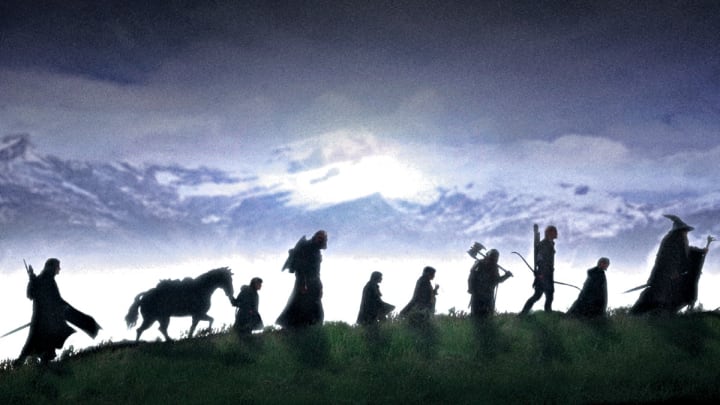
The Lord of the Rings: The Fellowship of the Ring [Credit: New Line Cinema]
Before getting into the more technical stuff, there naturally wouldn't be much incentive to explore this amazingly detailed world if it wasn't inhabited by characters whom we care about. That, however, can create a bit of a challenge when adapting a gigantic epic like that onto the big screen. Simply put, how can one do all of these numerous characters justice and flesh them out all the while trying to tell a flowing story? Well, by understanding that a well delivered look or a glance can often achieve more than a bunch of exposition ever could.
Take Gandalf's, "oh snap!" moment from The Return of the King for example. During a scene where Sauron's forces are about to break the gates of Gondor, we see Gandalf—as calm and collected as ever—encouraging the soldiers to stand their ground regardless of what comes through that gate. Then a bunch of gigantic Orcs on steroids do, and we cut back to Gandalf, who doesn't look that confident anymore.
Now, what makes it such a great little moment is how much it humanizes the iconic wizard. You see, while he was a symbol for calmness already as Gandalf the Grey, his composure was raised to pretty much divine levels after becoming Gandalf the White. The guy always seemed to be in control and know what to do. However, that moment—barely longer than a second—is all we need to remember that he's still an individual like any other with his limits, fears, and moments of low confidence.
The key here is that simple moments like that are scattered all across these films and while many of them might be over even before we can properly register them, they all play their part in adding that crucial extra bit of dimension to this brilliantly cast and written bunch of characters.
3. The Subtle Secrets of the Soundtrack
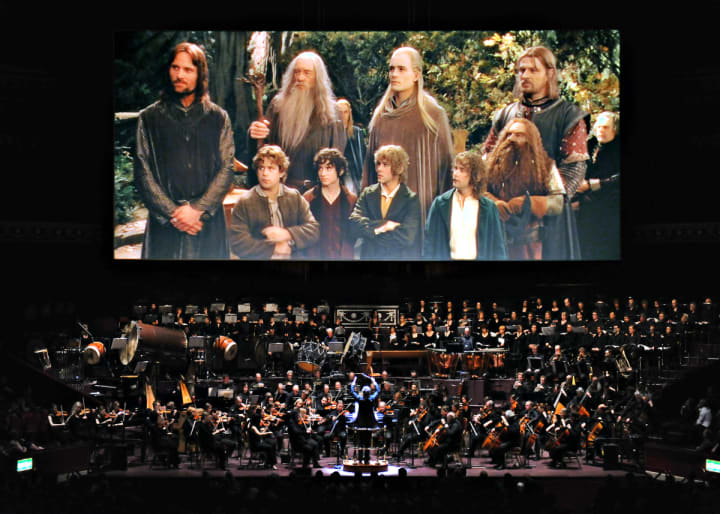
via lordoftheringsinconcert.com
Needless to say that a great soundtrack can catapult a good scene to the relams of greatness and a strong film into a proper classic. However, it is also a secret language of emotions through which the filmmakers can speak to us, a notion which is perfectly illustrated by the use of the "Fellowship Theme" throughout the trilogy.
You see, the first time we hear it is just as Sam and Frodo are about to leave the Shire and embark on their epic quest. For that, we hear a rendition of the much simpler "Shire Theme"only for itto transition into our first little hint of the "Fellowship Theme." However, at this point it's extremely subtle and conveyed with a single french horn, thus symoblising that this is just the first humble step towards the forming of the Fellowship.
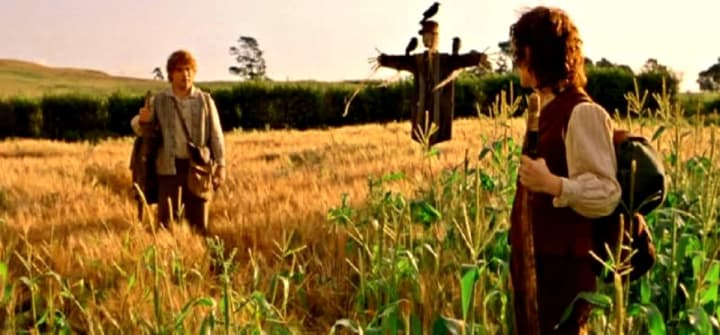
The Lord of the Rings: The Fellowship of the Ring [Credit: New Line Cinema]
After that we get this clever build up of the theme like adding three french horns when Aragorn joins the hobbits. Or, perhaps more brilliantly, as Arwen is saving injured Frodo from the Nazgûl, we can hear a much more frantic and uneasy tease of the "Fellowship Theme" all the while being intercut with the "Nazgûl Theme." In other words, the music brilliantly conveys the threat of the Fellowship being destroyed before it even gets a chance to be formed.
In fact, it's only after the Fellowship is formed at Rivendell that we finally get the theme in its full glory, as we cut to a beautiful shot of the Fellowship roaming the expanses of the Middle-earth now firmly set on their quest. However, after the Fellowship loses Gandalf, the theme becomes uneasy and broken almost as if it's struggling to find its feet (much like the Fellowship itself). So, when the Fellowship separates completely at the end of the first film, we don't hear it again until the very end of the trilogy. A truly excellent job by the composer Howard Shore and an immensely clever way to further pull the audience into the story.
2. Lighting Our Emotions
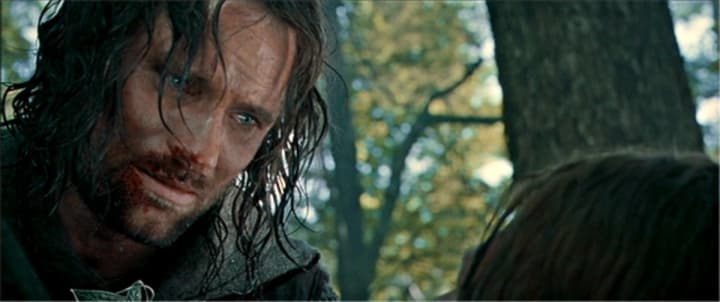
The Lord of the Rings: The Fellowship of the Ring [Credit: New Line Cinema]
Perhaps even more subtle than the musical cues is the way the lighting can convey our emotions in these films. From the happy tones in the Shire or the divine brightness of Rivendell to the dark-blue and gloomy colors of the mines of Moria, it's used to a great effect everywhere and truly makes us feel like we're watching the life on Middle-earth (and not a "Visit New Zealand" commercial).
However, possibly the best example of the usage of lighting is presented to us during Boromir's death, as he bids farewell to Aragorn. A highly emotional scene, it's all about the eye contact here with actors Viggo Mortensen and Sean Bean selling it brilliantly. However, it's all further enhanced by subtly lighting the area around Aragorn's eyes so that we focus on that eye contact even more. It might be almost invisible on a conscious level, but your subconscious is guaranteed to register it, thus making you that extra bit more moved by the scene.
1. Set, Prop, and Creature Design: When Attention to Detail Becomes Dedication to Detail
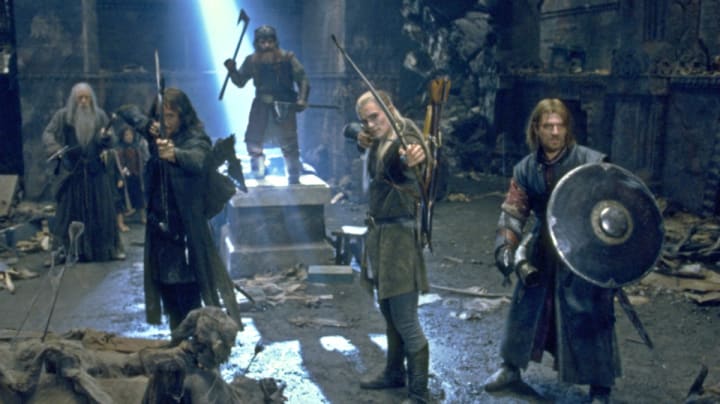
The Lord of the Rings: The Fellowship of the Ring [Credit: New Line Cinema]
Where do you even begin here? For starters, the prop department alone was its own little industry, dealing with everything from making sure that Aragorn's clothes reflect his past as a traveler to Orc's armor reflecting their culture. The same goes for the character designs with entire teams working tirelessly to bring us creatures like the Balrog, and of course, Smeagol.
However, this attention to detail is at its most impressive when it comes to the sets and locations themselves. Take something as simple as Bilbo's house, for example. All one needs to do is pause the film at any scene taking place there and simply absorb everything going on at the background. The books, the paintings, memorabilia, furniture, etc. You really get a sense that this place is alive and lived-in (for more than a century, one might add).
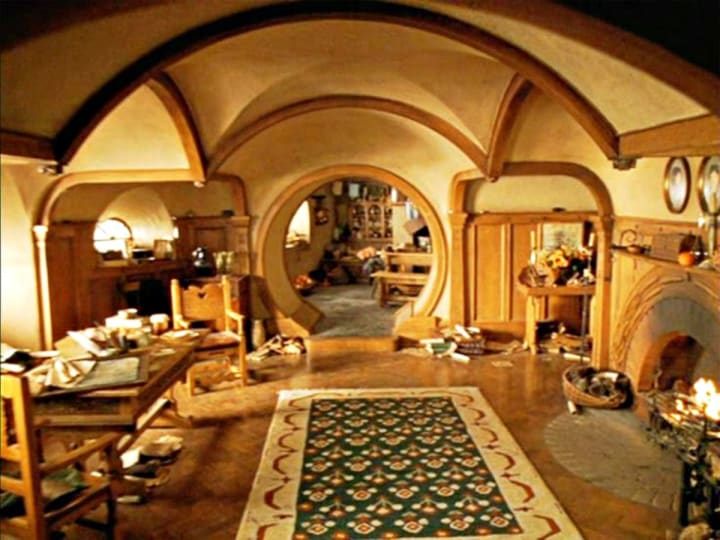
The Lord of the Rings: The Fellowship of the Ring [Credit: New Line Cinema]
That sense of authenticity is raised to even more ridiculous levels with the Shire itself. More than a year before the actual filming began, the crew scouted a fitting place for it in the middle of nature and then literally built an entire little village from the ground up. They created roads, little buildings, functioning vegetable yards, etc. Then they simply stepped back and let the nature shape it so that once the filming began, it really looked like it had been there for ages. In fact, when they returned to the set for the Hobbit trilogy, they reconstructed the place to make it a permanent tourist attraction.
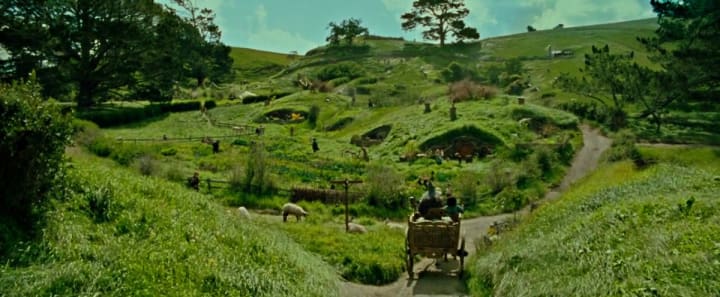
The Lord of the Rings: The Fellowship of the Ring [Credit: New Line Cinema]
Lastly, this quest for authenticity is also present in the way the crew approached the location shooting in general. You see, Peter Jackson encouraged everyone to go about it like they were making a real life historical epic and treat the filming locations as if they were the actual places, where these events took place a long time ago. That, in turn, is perhaps the best reflection on just how well Jackson understood and appreciated Tolkien's detailed worldbuiling.
To Sum Up
All in all, the key word here is immersion. Granted, we might not even notice many of these little details, but they all add up in truly transporting us to Middle-earth. It's movie magic at it's finest and certainly one of the main reasons why the creators of these films were able to bring Tolkien's rich fantasy into life as well as capture ours.
Sources: The Lord of the Rings Special Extended DVD Edition Appendices, Lord Of The Rings: How Music Elevates Story by Nerdwriter1, Wikipedia.com
About the Creator
Art-Peeter Roosve
So, to put it simply (and slightly cheesily) I'm fascinated with life. And, well, writing about films, TV shows, video games, music, travelling, philosophy and Formula 1 among other is a fun way to explore it.






Comments
There are no comments for this story
Be the first to respond and start the conversation.